North Vietnam, For Military Personell 1967, July 25th, 1967, Michel Nr. M12; A stamp very similar in design to the blue stamp issued in 1966 (Michel Nr.M11) was produced by the Tien Bo Printing House in sheets of 100 stamps and in perforation 11.0. Apart from the red-brown/olive-brown color and the inscription “1967” the island in the background is smaller and there are two, instead of one island. Michel list the issue date incorrectly as June 26th, 1967. The July 25th date stems from the official Vietnamese Postage Stamp Catalogue which has usually more accurate information.
Here is the mint stamp.
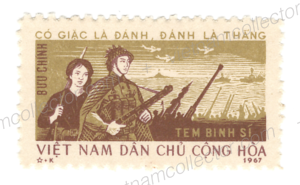
Larger units than one are hard to find. Here is a mint block of four from the bottom part of the sheet.
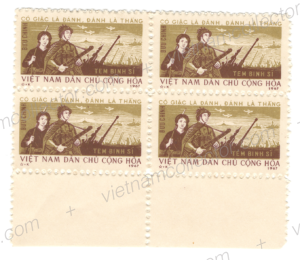
Cancelled to order version of the stamp.
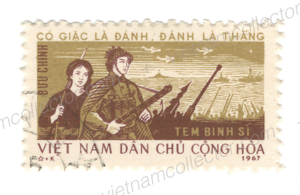
Forgeries of the stamp exist but they are easily identifiable as they were issued in different colors and carried the inscription “1971” at the bottom. They come in light-brown and pink.

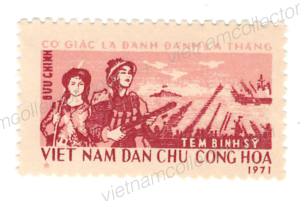
Postally used local letters with this stamp are very rare. Expect to pay at least $500. Most local letters were destroyed in the multi-decadal war, the tropical climate and recycling due to raw material shortages. Here is a letter from August of 1968 sent by a member of the military to Hanoi
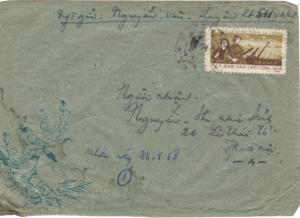
Another, very rare local letter mailed by a member of the military ((Hom Thu 9H.110 XB) sent to Hanoi.
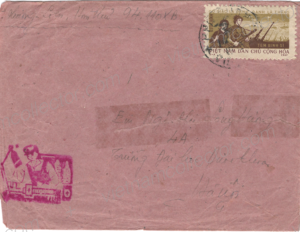
Very rare local letter sent by a member of the military (note the Hom Thu number in the sender line) in August of 1968 to Hanoi.
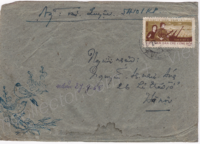
Exceedingly rare letter sent from a member of the military (Hom Thu 22552 Kp B3) to a fellow Vietnamese located in Dresden, East Germany. Military free franks like this one were not valid for postage to international locations as they were lacking a nominal value and were distributed free of charge as a social benefit. Nevertheless the sender used the red-brown free frank anyway. The postal clerk in Vietnam recognized the fact that the stamp was invalid and added a boxed “T” hand stamp indicating that the letter was essentially without postage. So he/she added the missing postage (12xu to fellow socialist countries) and the penalty, which was always 100% above the required postage (24xu). The letter was sent in April of 1968. Upon arrival the East German post clerk added a red hand stamp “Nachgebuehr” (= Additional Fee) and a blue “25” which stood for 25 East German Pfenning that had to be paid by the recipient. This is one of only two covers the editor has ever seen on which this stamp was sent abroad.
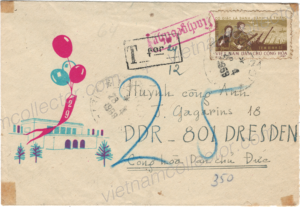
Registration Nr. 101461

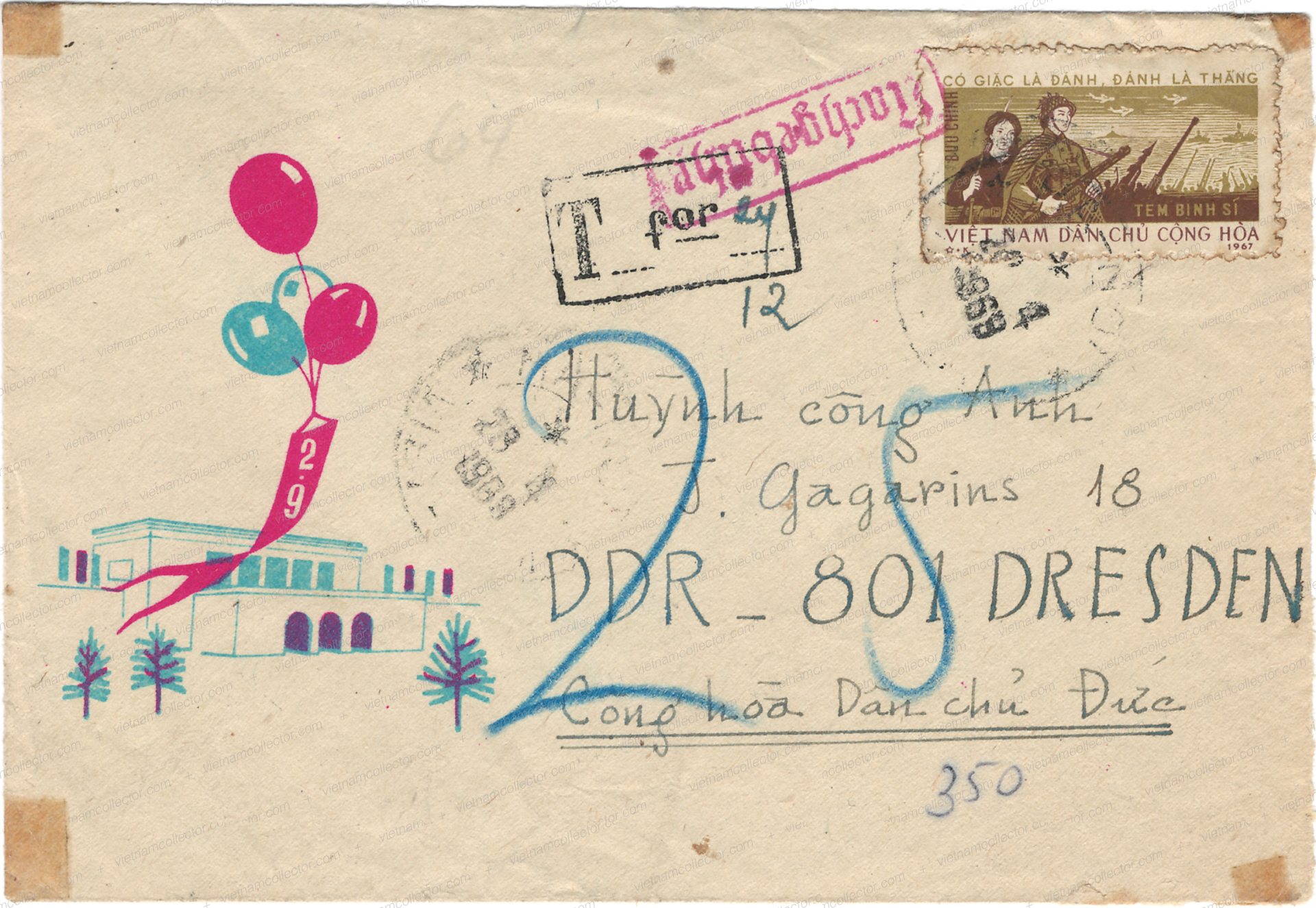

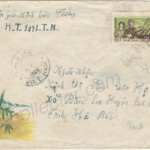
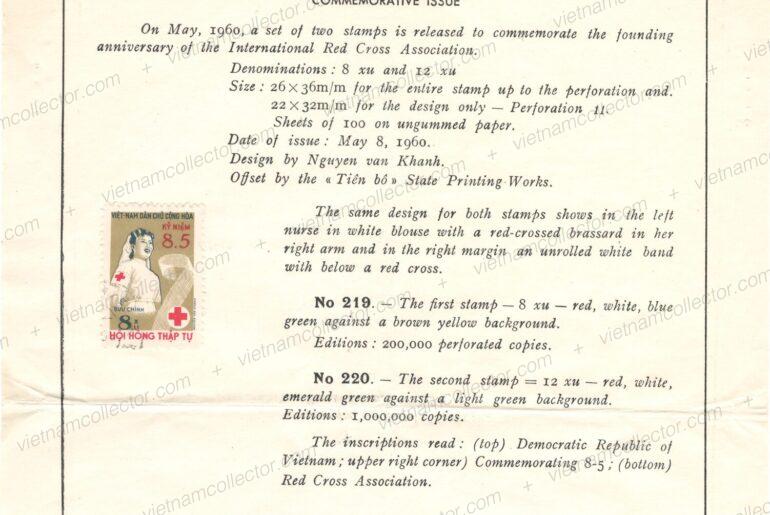
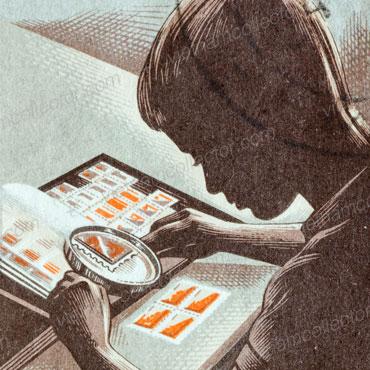
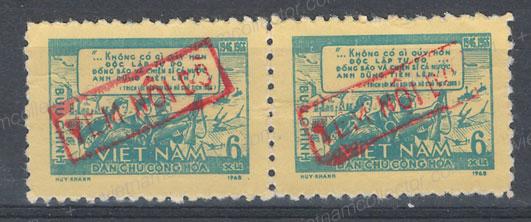
Comments are closed.